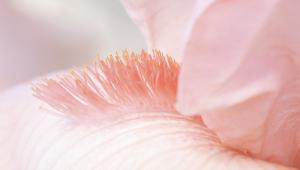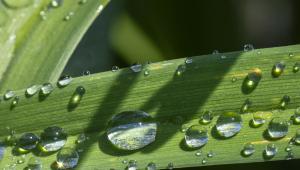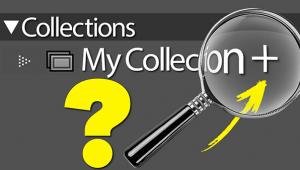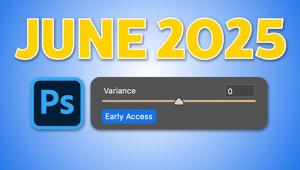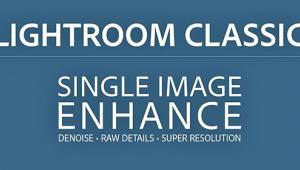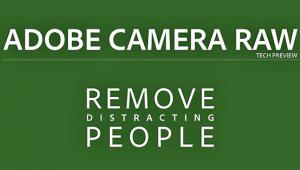PhotoExplorer By PhotoSoft
These days a raft of new
image management software keeps appearing and usually just gets a passing
glance from me. At one end of the spectrum there are all kinds of little
utilities often bundled with hardware or another larger application
to keep track of some images using small thumbnails for easy identification.
Most are adequate for the casual user to file some digitized snapshots,
but lack a comprehensive and effective underlying database. At the other
end are the applications which will handle a complex of large numbers
of all kinds of graphic files, intended as much for design studios and
other larger commercial enterprises, which makes the use of these applications
too complex and involving too much work for the individual user to find
them efficient. Then, not long ago a colleague, a photographer I respect
highly as a shooter and business professional, recommended a new software
application from a small company founded by a programmer, who is also
an experienced photographer. The name of the company is PhotoSoft and
the product is PhotoExplorer. |













